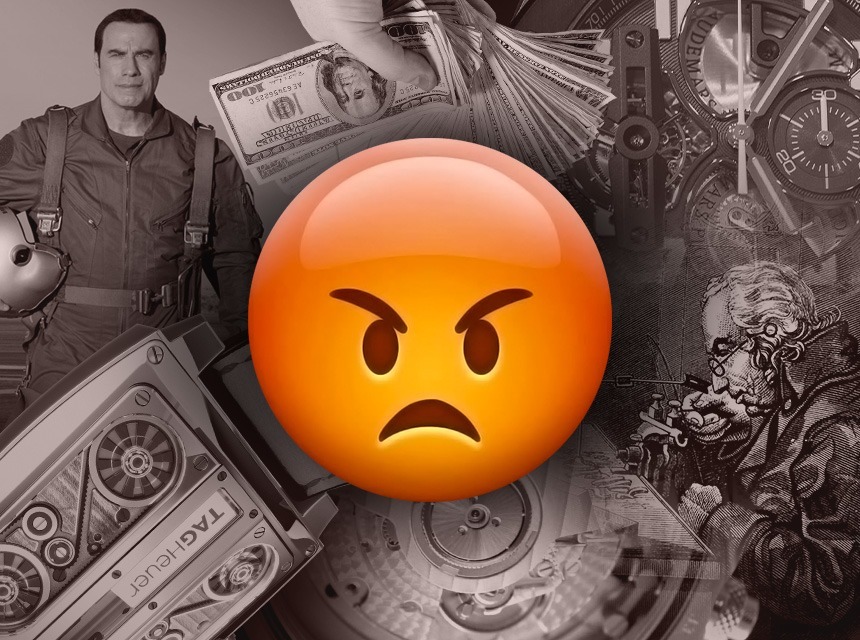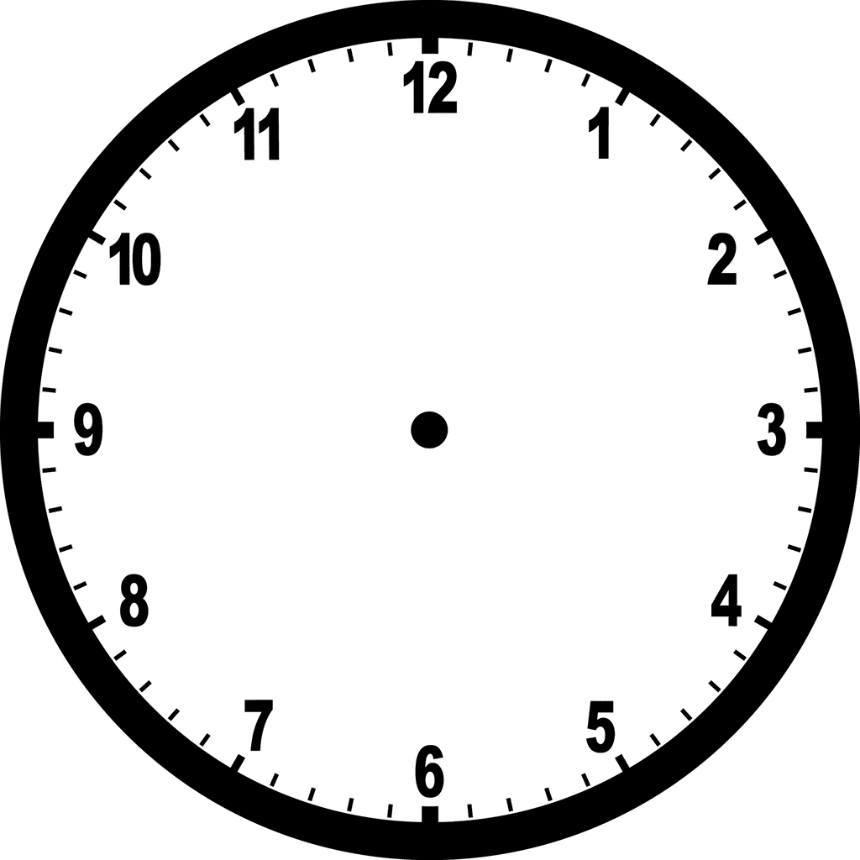
Illegible Dials
Very few classically trained watch makers and designers understand that just as most quality paintings of a human face begin with the eyes, most good watch designs begin with the hands. The priority of any time-indicating device should be the actual indication of the time. There is no greater importance to a timepiece (other than actually being able to measure the time) than indicating it in a legible manner. The rule here is that people who are serious about making watches are serious about watches that tell the time.
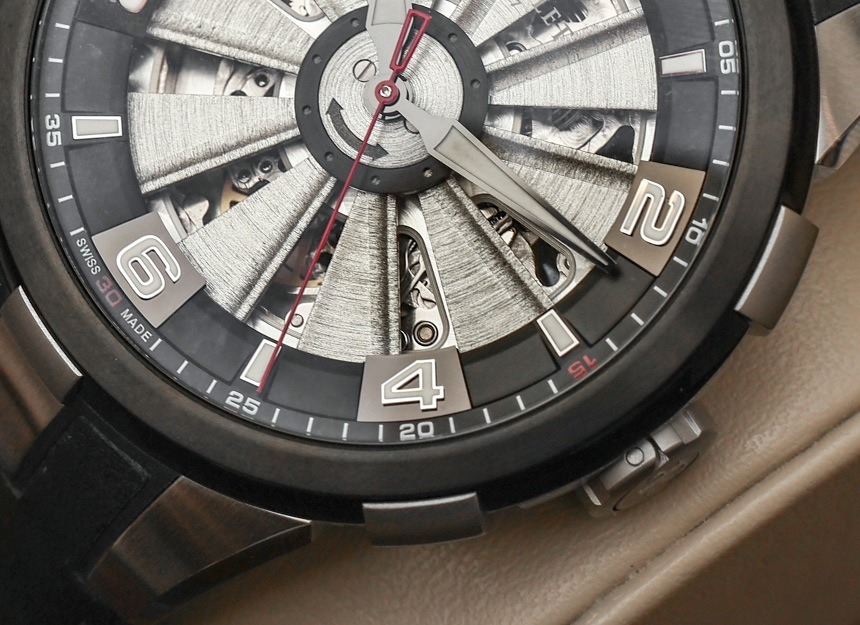
How easily human perception can interpret the information on a watch dial into a mental reference of the time is the measure of legibility. Thus, good legibility is an inherent factor in what makes a watch more than just a can of gears and springs on your wrist. So if a good watch is one made by someone who values legibility, how is someone supposed to feel about an illegible watch?
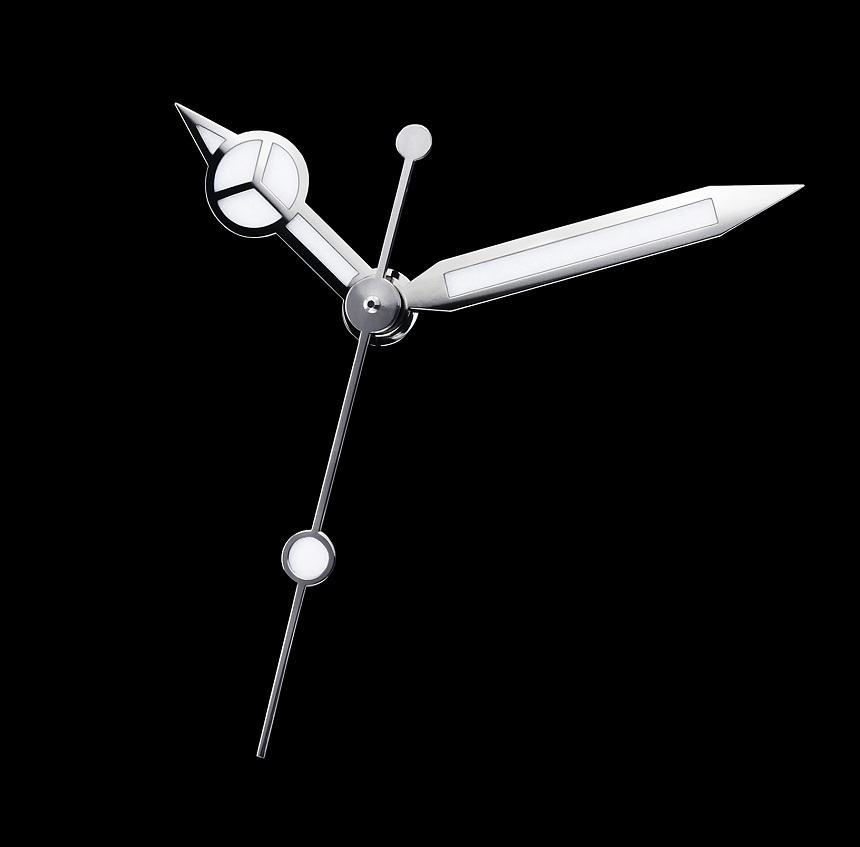
When it’s done right: not only distinguishable, but unique and instantly recognizable – the hands on a Rolex Submariner.
Without wanting to sound dramatic, I must say that more than a few times in a year, I am left feeling that many of the legible timepieces I encounter are legible purely by accident. I can probably count on my hands the number of times I’ve heard a watch brand even discuss anything they did on a watch dial to make it legible. Most of the time, watch legibility is a last-minute consideration that must annoyingly be figured out as something when the final product doesn’t simply look like it did in a cold CAD drawing on a computer screen.
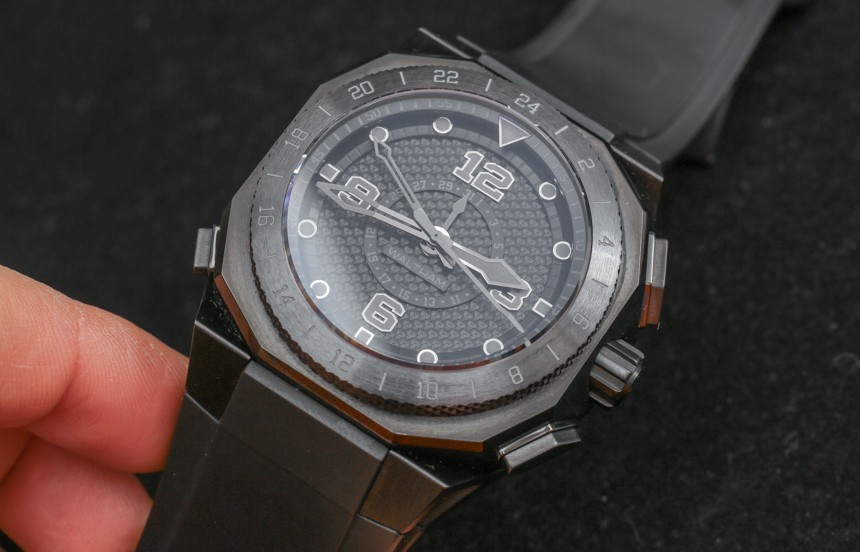
Illegible dials are those which are not dreamed up as a totality with hands, markers, and dials as one complete interconnected system that combines basic elements of visual perception and how different materials, colors, and finishes play with the light. In the eyes of watch collectors, illegible dials come across as negligent or just lazy. When it comes to anything purchased as a luxury product, consumers don’t want anything to feel negligent or lazy.
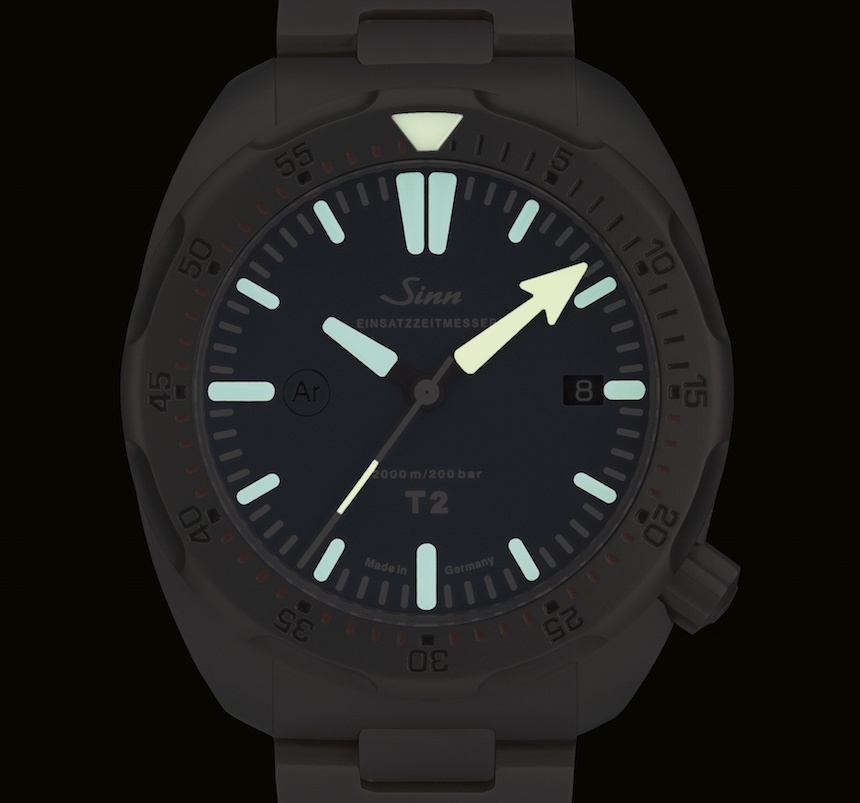
If watch makers want consumers to perceive their products as traditionally conceived, fine timepieces, then they simply cannot ignore the fact that the world’s most popular timepieces are all legible, and that consumers (whether they report it or not) look for legibility. Collectors demand it, and when their needs in case and movement design are met but with a poorly legible dial – there is a true feeling of being let down.
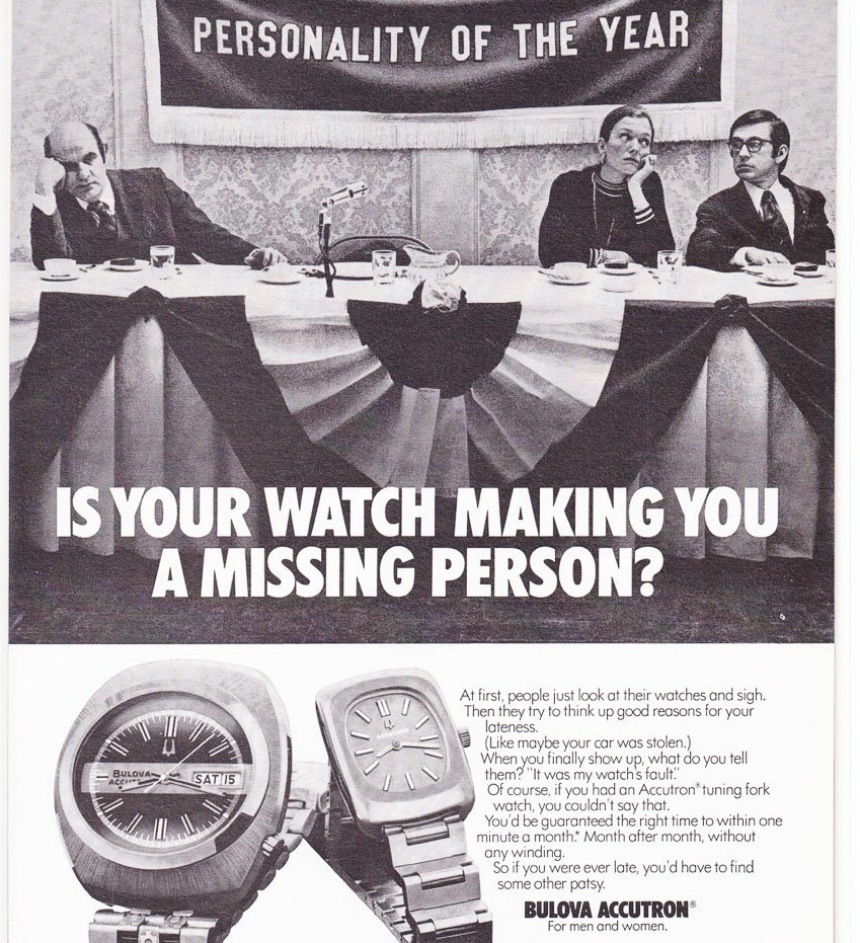
Watches That Don’t Really Work From Day One
There are instances where exotic and low production timepieces never actually work. In fact, sometimes “dead-on-arrival” watches are not-so-exotic, high-production models, as well. The fact remains that despite all the romance behind timepieces, they are moving machinery with many small parts and an enormous need for quality control and testing. Given the functional nature of watches, they are subject to a lot more service requirements and care than, say, a pair of shoes or an article of clothing.

It is thus understandable and even anticipated that luxury watches will require cost for maintenance and repair. With that said, there is also the expectation that watches are properly working machines when they exit the factory. Given the market demands for new movements, watch brands have been known to rush mechanisms before they could be fully tested. Sometimes, a supplier delivers a part with a small error or one produced from the wrong material that over time acts as a ticking time bomb in your ticking watch.
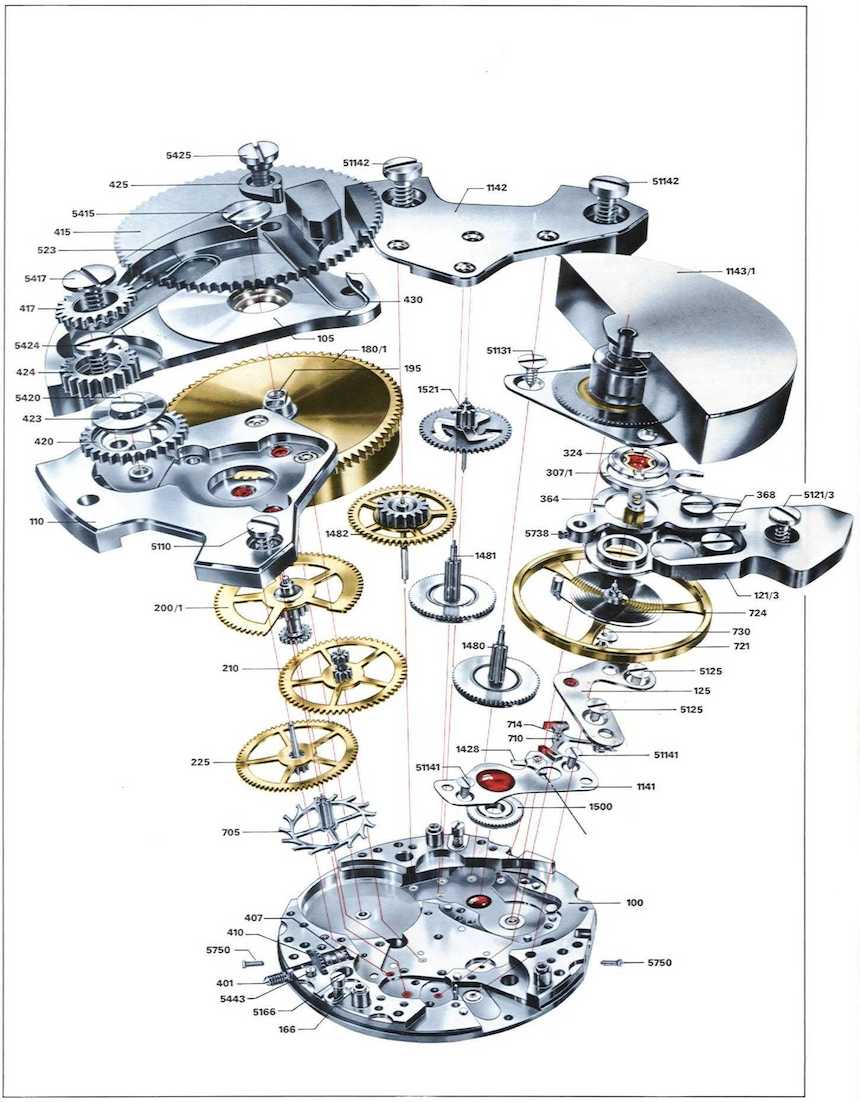
There are instances where situations such as this can be forgiven, but I have yet to hear of a single “watch recall” where parts are exchanged for something less prone to breaking. Instead, watch brands are keen to charge consumers for watch repair as a result of a movement that should never have been released to the market. In fact, new movement design and production is so unpleasantly complicated that brands do everything in their power to produce base movements that a series of complications can be built on, as well continuing to produce historic movements that have been proven over time thanks to the hard work of other people.
It really pisses off watch collectors when timepieces are delivered to the market with movements that are known not to work or that have not been as thoroughly tested as they should have been. If a watch company released a product that doesn’t work, they need to own up to it and not try to save face – which, in turn, will just add further insult to a watch collector’s injury.

Irresponsible Fit & Finishing
Competitive analysis in the watch industry isn’t as sophisticated as it should be. Watch brands don’t always take the time to observe what their competition is offering for the same (or lower) price. In many instances, watch brands price their products as a result of having a desired price point as opposed to truly offering the most they can for the money. That means a lot of watches have prices that do not correspond to what a leader in the category is offering at the same price when it comes to fit and finishing.

This annoys watch collectors because most of the time they have to navigate a mine field of value propositions at the same price, and their hope is that watch makers price their products according to their competitive advantages and disadvantages (such as fit and finishing). Unfortunately, this is not the case in the watch industry where a strong sense of consumer advocacy does not force prices down to the levels they should – as has occurred in the spectrum of mainstream automobiles. Forget the ultra-high-end segment of cars, and consider most automobiles priced at $100,000 and below. Almost none of these vehicles is priced outside of its segment. It will be priced almost exactly where it needs to be when the totality of its design, performance, and construction quality are measured up with most competitors.

In the watch industry, however, this deep level of market understanding when it comes to the prices of a watch brand’s products is rare. It isn’t unheard of, but it certainly isn’t anything as pure as it is in the car industry. Watch collectors are faced with the often daunting challenge of knowing a large spectrum of watches as well as their corresponding price and measures of quality, and also being able to use this information to make wise purchase decisions.
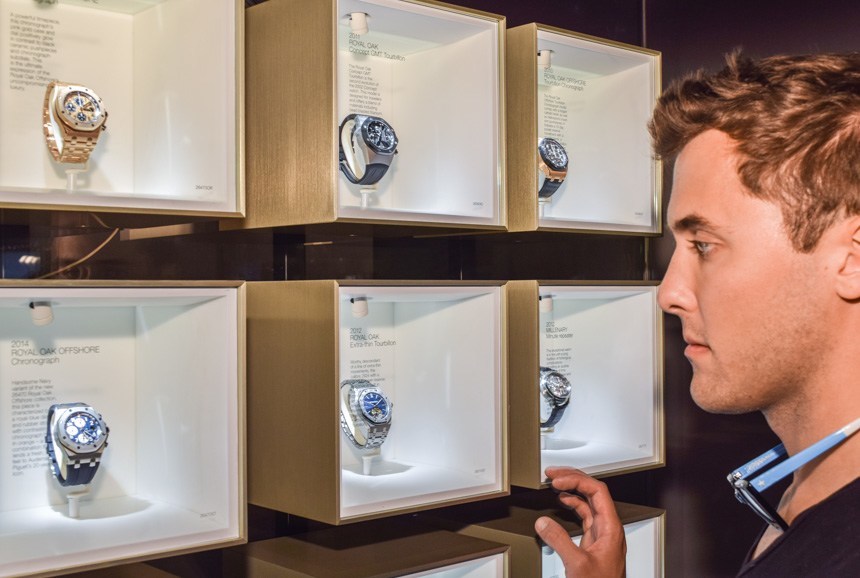
Theoretically, this need to become a further expert in the field does lead to a certain intellectual charm for some collectors, it also creates a huge intimidation factor among collectors who would – save for the fear of buying an “over-priced” product – purchase a lot more watches. Imagine if you purchased a $5,000 watch that you really enjoyed and eventually wanted to upgrade to a watch that costs $7,000. Especially if that second watch was from a different brand (which is often the case), there is a good chance that it will be of the same or even inferior quality than the less expensive previous watch.

I’ll turn the argument around to the original discussion of fit and finishing to suggest that many watch brands deliver a substandard level of fit and finishing in relation to the prices they are asking. Fit and finishing is the most important visual and tactile validator of value once a timepiece is in the hand of a potential customer. While some collectors can articulate how they judge fit and finish, most consumers lack the familiarity of the concepts related to fit and finish, and instead make less conscious decisions about fit and finish when purchasing a watch. Whether or not collectors are able to offer verbal feedback about fit and finish, they notice it heavily.
Watch brands should ensure that their timepieces are priced appropriately given the fit and finish of their products. In order to avoid pissing off watch collectors entirely, watch brands should simply put their best efforts into responsible fit and finishing and price their timepieces accordingly.

Fake History
Until sometime around the 1990s when the modern luxury watch industry was coming into its own, most brands did not have a good sense of their own history. Today, the best and most historic of watch makers have their own museums, document and tool archives, and elaborate histories complete with important achievements, famous customers, and horological innovations. Let’s assume that the majority of the archival and historic content that exists is legitimate to the best knowledge of those who can verify it – what about the rest which has no evidence or basis in reality?
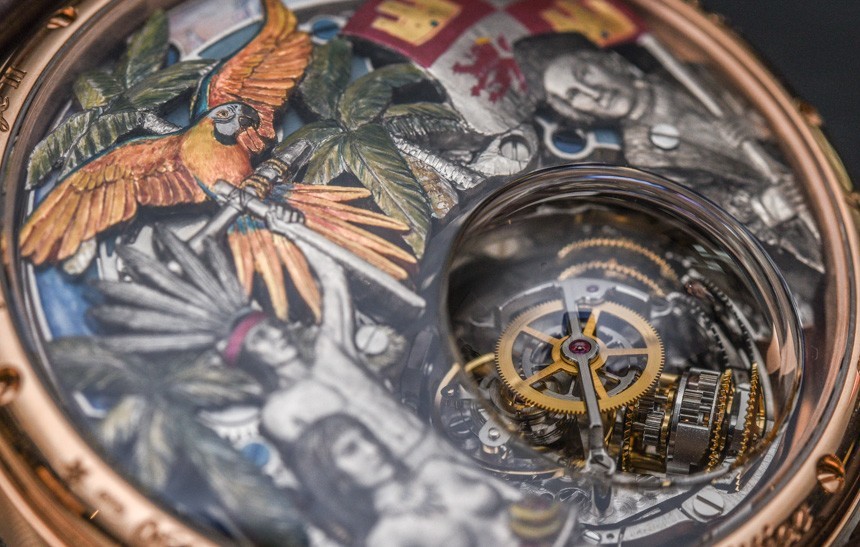
While tradition and nostalgia for the past are undeniably interesting and appealing, we don’t know as much about the history of watch brands as they’d like to admit. Given the quartz crisis, various wars, and changes of ownership, the oldest watch makers around are often happy to know “most” of their own history, with gaps in their stories being typical at worst. What tends to happen, then, is a lot of “creative gap-filling” where names, places, pictures, and dates are sometimes invented to fill the empty holes in history. In some of the better instances, brands just gloss over large gaps of unknown moments in their own history.

The issue here is that the people who are the most interested in the minutiae of history are also those who would be the most forgiving to those who simply don’t have records of all of it. Thus, a brand might be better off celebrating its own fragmented historical records which would possibly create an appealing sense of mystery rather than gloss over the more fuzzy periods with stories that lack real evidence. The practice of glossing over historical holes makes the factual and fascinating parts of watch history less valuable and insults those most dedicated of watch collectors who pride themselves on an almost academic knowledge of their favorite brands.
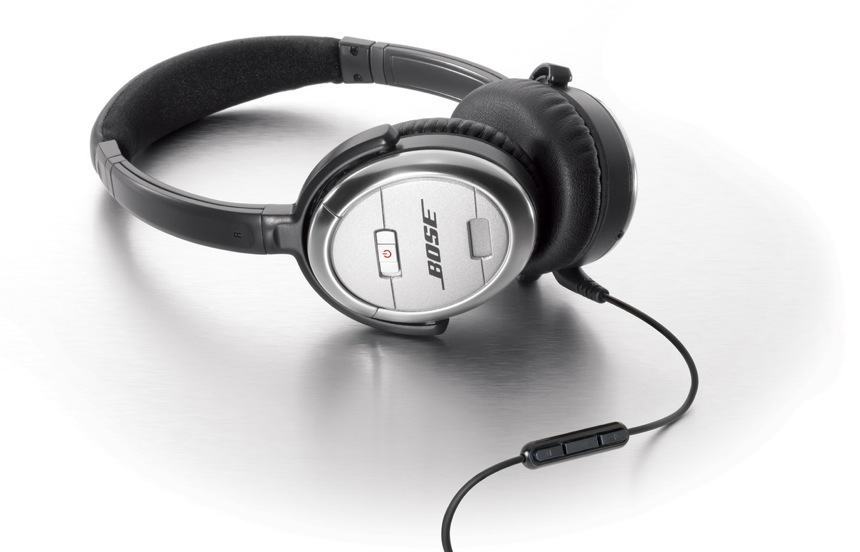
Noisy Movements
In addition to the visual experience of viewing a mechanical movement in operation as well as the tactile experience of adjusting or otherwise operating it, there is the auditory experience of listening to it. Just as hand-polishing and other decorative techniques are a means to refine the aesthetic design of watch movements – sound refinement is also something watch collectors deeply appreciate.
The irony of talking about the sound that comes from a watch movement is that the same noise one particular collector claims is soothing is something another collector will claim is annoying. There are a variety of sounds a watch movement can make from the subtle click of a calendar wheel changing to the ubiquitous ticking of a movement’s regulation system in perpetual operation. While these noises can be pleasurable, they can also be highly irritating.

Unpleasant types of noise coming from a watch movement can include loud ticking or an unhealthy-sounding grind when winding the movement manually using the crown. Personally, while I am accepting of most noises in small quantities, I get irritated when I can hear an automatic rotor moving audibly inside of a case when its operation should be silent. I have further noticed that even among watch collectors who enjoy things like the noise of ticking from a watch case (while others hate this sound), most collectors have at least some type of noise pet peeve when it comes to their watches.
Much of this might be trivial discussion for a lower-end watch, but if you are buying a $150,000 watch with a noisy (albeit beautiful movement) you are likely to feel pissed off as a watch collector. This occurs for a few reasons including an improper choice of materials or lubricants in a watch movement, to case materials which are just too thin.
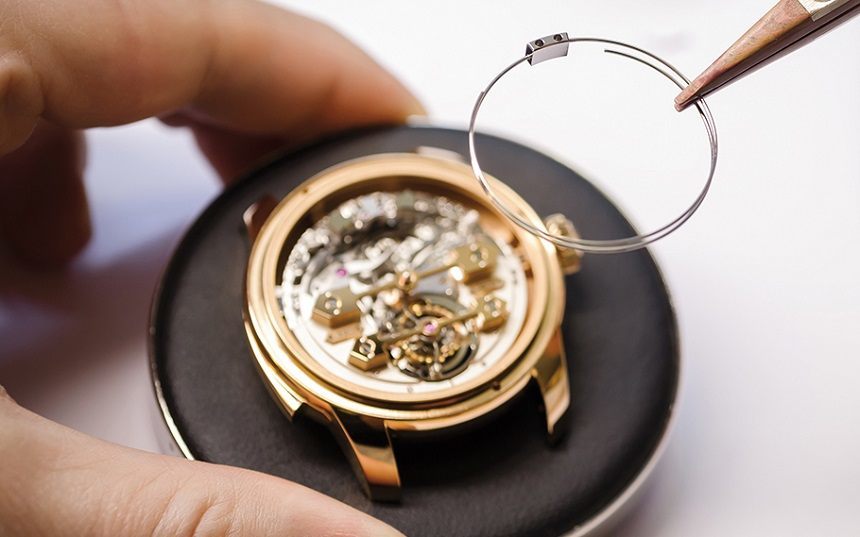
I will also take a moment to mention ugly-sounding minute repeaters and other chiming or musical watches that distract from otherwise pleasant chimes with harsh grinding or buzzing noises. Part of the refinement that should be inherent in any high-end watch should be proper sound isolation as well as amplification when necessary. This begins as part of the design of the movement along with the materials used therein, as well as properly engineering cases and movements with the right materials, thicknesses, and shapes. Watch brands are most correct when they cater to the obsessive element inherent in being a collector of anything needlessly expensive and mechanically based.
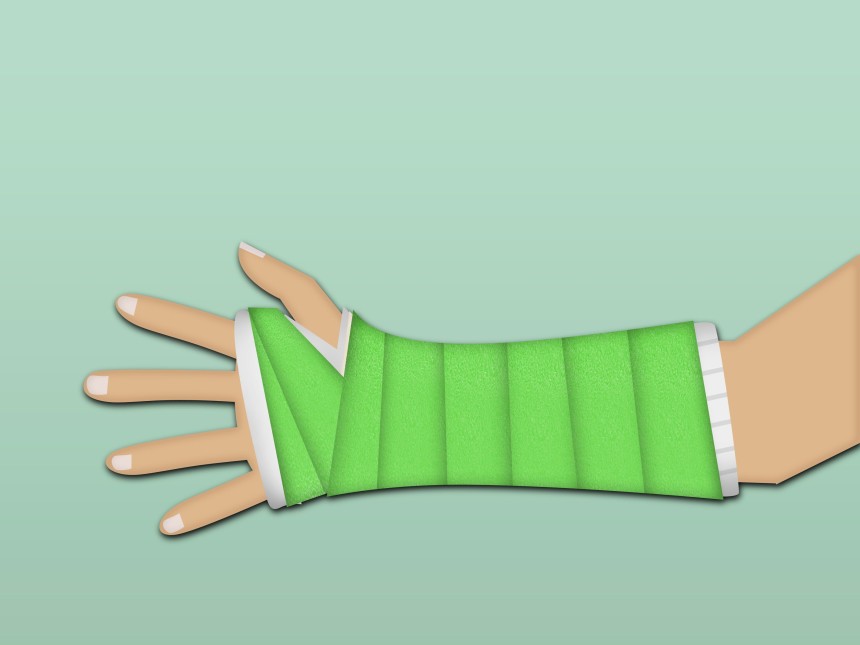
Ergonomic Sadism
“Ouch!” Is an utterance no one should ever make when wearing a watch. That wearing comfort is an issue when it comes to a relatively small object strapped to your wrist is news for novices to the watch game, but it is a fact of life for anyone who has ever put on an otherwise beautiful timepiece that just doesn’t fit their anatomy.
Poor contours, sharp edges, sandpaper-harsh surfaces, and awkward bulges are too common realities of too many watches. No timepiece is comfortable without a focus on ergonomic engineering, and too often, this necessary step in wearable product design is rushed in the release of a luxury timepiece. Again, the lower the production numbers any particular watch has, the less incentive the producing company has to put resources into its refinement and comfort. Thus, too many timepieces are designed without much interest in their ability to be worn comfortably.
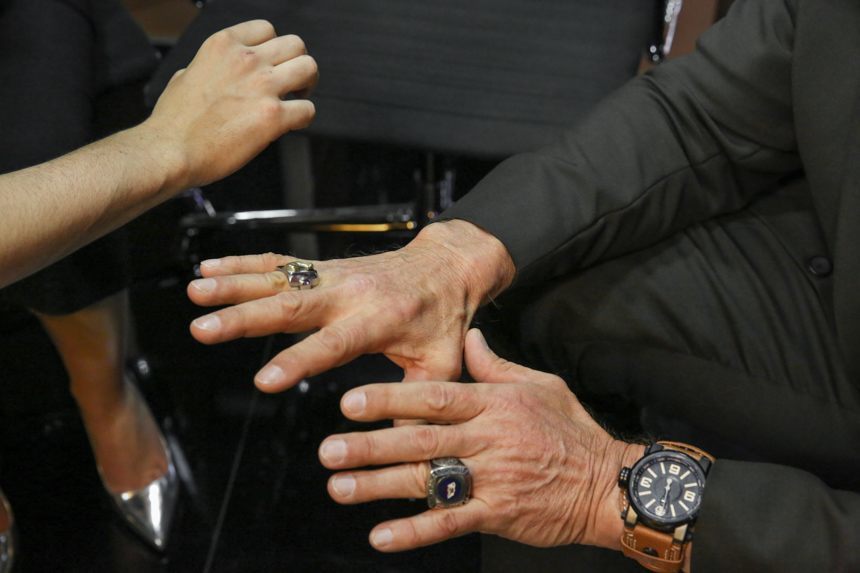
One might even include cases which are so large, they require special design changes in order to maximize comfort such as short lugs and snug fit to avoid the case slipping from your wrist to your hand. One of the most popular forms of blatant ergonomic sadism are bracelets which tend to pull on the arm hair. Hair-pulling bracelets usually make themselves apparent from the moment you put them on, and it requires severe amounts of patience and acceptance to ignore the basic question of “how did this get the green-light for shipping to consumers?”
Whether or not a watch case can double as a ninja star or its bracelet doubles as a slow torture device, the ramifications of an improperly designed (mostly) metal object on your wrist should not be discounted. When one is asked as a seasoned collector to accept buying an item meant to be worn which is marginally more comfortable than a ring of barbed wire, then a degree of ensuing anger is probably warranted.
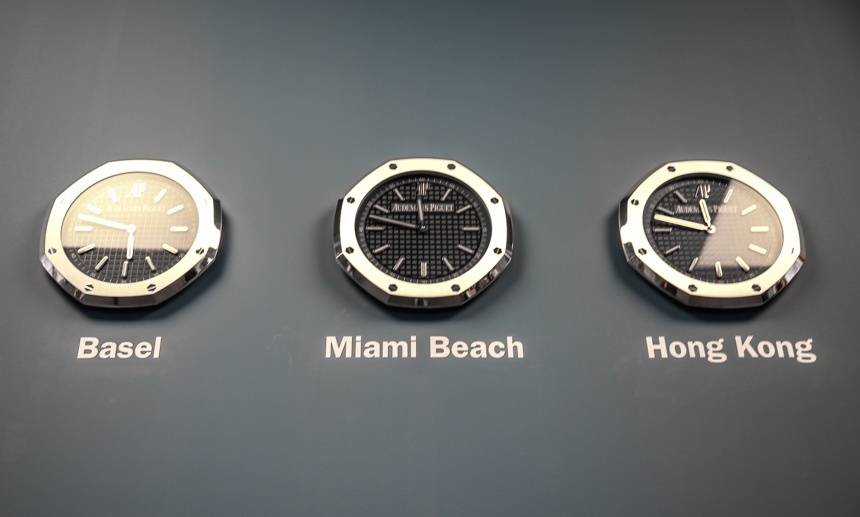
The Waiting Game
In the business of selling luxury timekeepers, there is a surprising amount of waiting. Shall we consider this part of the savoir faire of high-end watch buying? Are watch makers forcing you to appreciate the passing of time while trying to actively enjoy the instruments that track it? These are all decent fantasy justifications for the fact that waiting is a huge part of trying to enjoy high-end timepieces.

Waiting first begins when timepieces are initially “debuted” by watch brands. Often at a trade show or via some other announcement – watch model releases never coincide with their actual market release. In fact, it is not uncommon for new products to be commercially available only a year or more after they are actually announced. In some instances, consumers have to wait even longer for “released” watches to actually hit the market. In at least one instance I know of, a watch was eventually delivered to its already paying customers seven years after it was supposed to ship.
Assuming a watch model is popular or requires a special order, then additional waiting is in store. This is especially the case with bespoke or custom watches that can have several-year-long waiting periods before something as simple as a specially colored dial is ready to ship.

Waiting for a product is not always seen as a bad thing because if there is a wait, there must be demand. That is true, but at times watch makers like to take advantage of consumer psychology and create artificial waiting times. It is the unfortunate reality that complementing the very real need to wait for a high-demand and effort-intensive product to be produced, there are regular situations where watch brands force consumers to wait for things based on the perception that it will increase the value of that item for the consumer and others like them. Consumers who finally get something after waiting two years will celebrate their purchase all the more than if they needed to wait only two months. That is true, but no one wants to wait two years when in reality that same item could have been ready after only two months. Brands really piss off watch collectors when waiting times are not authentic.

Perhaps the most insulting wait for watch collectors that irritates above and beyond waiting for products to be released or for orders to arrive is waiting for your watch to be fixed. Watch service and repair times can range from reasonable to exaggerated. This is especially frustrating when a timepiece must undergo a warranty repair because something went wrong with the movement. Instead of quick turnaround times for warranty repairs, watch brands often give priority to paid repairs because the warranty repair customers arguably have less to lose since the repair is “free.” This situation is only further worsened by the general lack of qualified watch repair technicians and service people. This tends to increase watch repair waiting times in many parts of the world and also decreases the quality of service which means that insult is added to injury when recently repaired timepieces need to be sent right back for more waiting.

